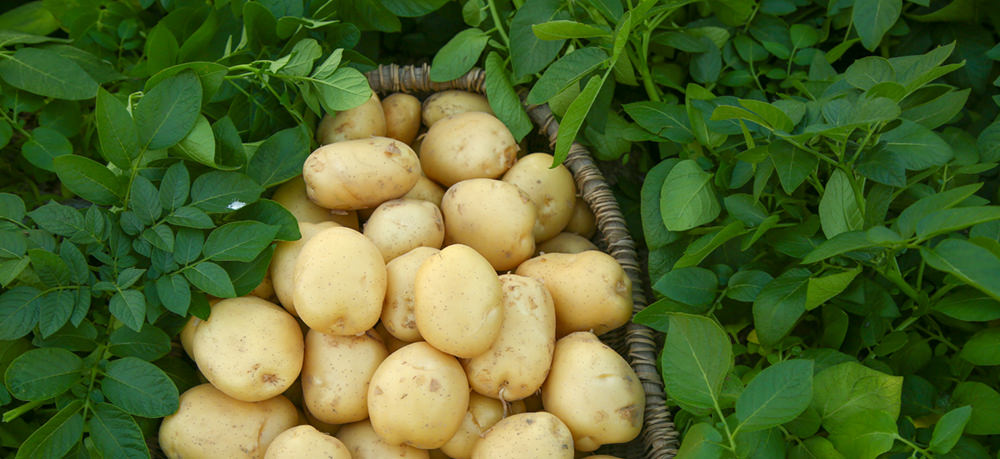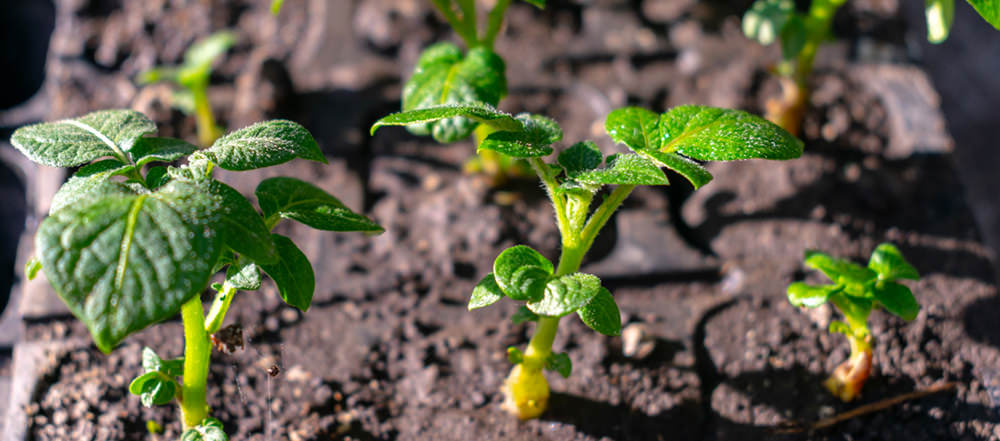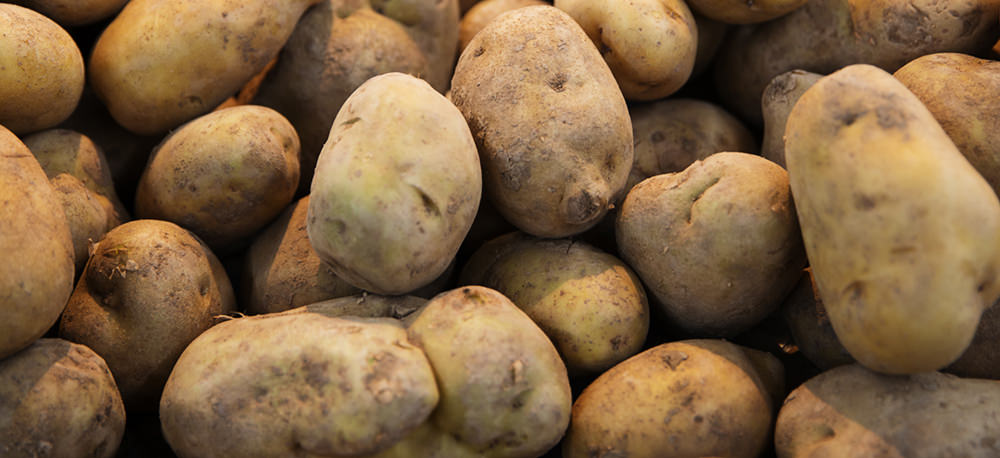Effects of LED Light Spectrum on Potatoes
The potato is a crop of high nutritional and economic value. It is a common commercial crop cultivated in various ways, including soil cultivation, hydroponics, and aeroponics. No matter which growing methods are used, light is an essential factor that affects plant growth and development. You may be confused that potato tubers are grown under the soil in open fields, do they really need light?
Although the edible tubers are produced under the soil, potatoes have leafy plants above the ground. The potato plants do need light to grow. For commercial crop cultivation, potato plantlets grown in vitro without soil are popular. During the cultivation of potatoes, LED grow lights can provide the light quality that plants need in a certain growing stage. Knowing the effects of LED light spectrum on potatoes enables growers to provide the optimal light spectrum for their plants and improve production, as well as reduce electricity bills.

Growth and morphogenesis of potato plantlets in vitro
Potatoes are easily infected by a virus, and the virus will reduce the production and degrade the quality. Virus-free technology can solve this problem effectively. Thus, potato plantlets grown in vitro are taken to produce microtubers in the tissue culture room.
The LED light spectrum plays an important role in affecting the growth and morphogenesis of potato plantlets in vitro. Red light (630nm) forms the weak and slim potato plantlets with small leaves, while blue light (465nm/445nm) contributes to more sturdy plantlets and larger leaves. Moreover, blue light at 445nm is more effective in promoting growth than at 465nm. However, both the combinations of red light (630nm) and blue light at 465nm and 445nm improve the leaf area, root development, weight, starch, etc. Therefore, an LED grow light with the spectrum of red light at 630nm and blue light at 445nm is beneficial for the potato plantlets in vitro.

Growth and development of potato plants
Similar to the plantlets in vitro, a certain spectrum of LED grow lights can improve potato plant growth and development, including the plant height, the quantity of leaves, the stem diameter, etc.
The monochromatic red light can increase the plant height and form thin stems, but it will also reduce the number of leaves. When potato plants are subjected to monochromatic blue light, they have different morphology. Potato plants are stunted with thinner stems and more branches. It is interesting that the combination of red light (30%) and blue light (70%) improves the overall plant growth and development. It improves plant height, stem diameter, and the number of branches. Furthermore, the combination of red light (30%) and blue light (70%) also increases the number of leaves and the leaf area. Therefore, an LED grow light with a spectrum of 30% red light and 70% blue light can improve the growth of potato plants.

The production of the potato tuber
Except for the growth and development of potato plants, the LED light spectrum will also affect the production of potato tubers. Here are two interesting studies on the effects of various LED light spectra on tuber yields.
One study showed that when potato plants were exposed to sole blue light, they produced larger tubers and fewer tubers per plant. In contrast, monochromatic red light resulted smaller size and more tubers per plant. However, the combination of red light and blue light at a ratio of 3:7 had beneficial effects on the production of potato tubers. It helped to yield larger and more tubers per plant with the increased fresh weight.
Another study focused on the production of seed tubers under different LED light spectra in a plant factory. Producing seed tubers or pre-basic tubers in a plant factory can achieve year-round production without the threat of harsh weather. From this study, the light combination of red + blue + white light is the most effective LED light spectrum in tuber formation and carbohydrate accumulation.
Influence turning green
Regardless in the warehouse or retail stores, the surface of potato tubers will turn green when they are exposed to light. This phenomenon is called “greening”, and it is caused by the formation of chlorophyll. Although chlorophyll is common in all plants, and it is harmless, the green potatoes have a bitter taste and lower market value.
The key problem of greening is the increase of glycoalkaloid levels coinciding with the formation of chlorophyll. When the glycoalkaoid increases to a dangerous level, it can produce a bitter taste and the toxic to human health. Chlorophyll is green because it is more sensitive to blue light and red-yellow light. It reflects green light but absorbs blue and red-yellow lights. The red-yellow light has the most effective effects on promoting the chlorophyll formation. Thus, LED grow light in green light or blue light spectrum can slow or prevent potato greening. Some surveys showed that this was practically no greening under green light, while there was little greening under blue light.

In conclusion, the LED light spectrum can affect the growth and morphogenesis of potato plantlets in vitro, the growth and development of potato plants, the production of potato tubers, and the rate of greening. The combination of red light at 630nm and blue light at 445nm is beneficial for the potato plantlets in vitro. 30% red light and 70% blue light LED light spectra can improve the whole growth and development of potato plants. For the production of potato tubers, red + blue + white LED light spectra is the most effective. A green light LED is most effective in preventing greening.
The right LED grow light with the right light spectrum helps improve potato growth and production significantly. Atop provides LED grow lights with customized light spectrum to our customers. Discover more info, contact us now!

